Is It Safe To Visit Iran?
Find Out with Our Safety Tips and Real Traveler Stories
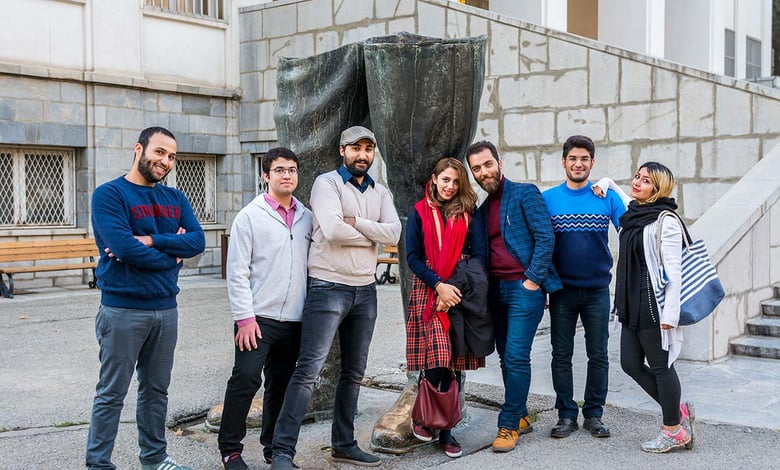
In short, Iran is a surprisingly safe destination, favored by seasoned travelers for its impressive safety record, often surpassing many European countries.
Is Iran Safe to Visit in 2024? All You Need to Know
Considering recent events, we understand that many esteemed travelers have questions regarding the current situation in Iran. Today, we want to reassure you with clear and honest communication that Iran remains a safe and welcoming destination for visitors.
Iran is situated in a region that has faced political challenges historically. These challenges have persisted over the last 45 years, yet periods of both political stability and instability have been part of the regional narrative. Despite this, security within Iran has consistently been maintained.
Positive Experiences of Recent Travelers
Many of our recent guests have shared their positive experiences, noting that their journeys were not only enjoyable but also exceptionally safe, thanks to the warm hospitality of the Iranian people. Their testimonials, which can be reviewed on TripAdvisor, reflect the resilience and welcoming nature of our culture, even during challenging times.
For those with a passion for history, Iran is an unmissable destination. Western sources acknowledge the rich heritage of Persia as integral to the tapestry of human civilization. From the majestic ruins of Persepolis to the lush gardens of Shiraz, and most importantly, the legendary Iranian hospitality, the cultural riches of Iran are well worth the journey.
Trust us to provide you with a journey that not only meets, but exceeds your expectations for safety and comfort.
If you have any specific questions or require further reassurance, please get in touch. We are here to ensure that your visit to Iran is both inspiring and memorable.
When considering a trip to Iran, one vital question often arises: Is Iran safe for tourists? The answer is a reassuring yes. Seasoned travelers often rate Iran as one of the safest countries they’ve visited. Its safety record is impressive, often outshining many European countries. Let’s delve deeper into what makes Iran a secure travel destination.
Table Of Contents
- Is Iran Safe to Visit in 2024? All You Need to Know
- Safety in Iran
- Low Crime Rate: Safety on the Streets
- Welcoming Hospitality
- Health and Medical Facilities
- Iran Transportation System
- It Is Safe to Visit Iran for Us Citizens?
- Is It Safe for Women to Travel to Iran?
- Is Tehran safe for travelers?
- Real Traveler Tales
- Start Planning Your Trip Iran Now.
- Is Iran Safe to Visit? FAQs
Safety in Iran
Safety in Iran isn’t just a claim—it’s a consistent feedback from the globetrotters. If the idea of exploring Iran piques your interest but safety worries hold you back, let’s address those concerns. Iran offers a treasure trove of experiences with its rich cultural heritage, stunning landscapes, and the generous hospitality of its residents. It’s time to prepare for a journey that promises to be as enriching as it is memorable.
At SURFIRAN, we welcomed travelers from various countries every day, even amidst diverse news broadcasts from Iran. Perhaps it is better to take a look at our page on the TripAdvisor and read the latest experiences of travelers about safe travel in Iran.
Iran’s natural beauty and the wealth of cultural sites entice the curious and the adventurous alike. Yet, rising worries about travel plans to Iran are noticeable. Concerns about safety are always valid, but let’s provide context to these apprehensions. Iran, with its track record of hospitality and safety, presents compelling reasons for a visit.

When you think about traveling to Iran, the country’s political climate may spring to mind. Remember, the intricacies of politics are a global phenomenon, ever-evolving and often misunderstood. This fact, however, should not dissuade you from exploring Iran’s marvelous offerings.
The mainstream media often paints a skewed picture, yet Iran retains a reputation for safety among tourists. The stark contrast between media portrayals and actual experiences surprises many visitors. The reality of Iran, characterized by its safety for travelers, often goes unreported.
Expect to encounter the trademark Iranian hospitality on your visit. Local residents go out of their way to ensure visitors have an enjoyable and authentic experience. Your trip to Iran will likely become a treasure trove of pleasant memories, thanks to the warmth and welcome you’ll receive.
Low Crime Rate: Safety on the Streets
Iran boasts a low crime rate, ensuring the safety of its streets. Tourists find well-maintained and secure areas, hotels, and transportation networks. The country’s strong emphasis on security measures provides a safe environment for travelers.
Always take precautions, as you would at any travel destination, when visiting Iran. Stay alert to your surroundings, safeguard your belongings, and keep up-to-date with local customs and restrictions.
However, awareness of your surroundings is crucial for a safe and enjoyable experience while traveling in Iran, as it is with any foreign destination. Stay vigilant and watch your belongings in crowded markets or busy areas to avoid pickpocketing. Dressing modestly, especially for women, shows respect for local customs and helps you blend in with the local population.
Iranians, renowned for their warm hospitality and friendliness, eagerly offer advice or directions if you have safety concerns. Their local knowledge is invaluable for navigating unfamiliar territory.
Choose reputable transportation services like taxis or ridesharing apps to ensure your safety and avoid getting lost in new areas.
By following these tips, you can enjoy a memorable and secure trip to Iran.
Welcoming Hospitality

Sara Melotti, an Italian travel photographer, shares her journey through Iran in 2019 with SURFIRAN. Check out her video below to discover her travel stories.
Iranians have a well-deserved reputation for their warm and welcoming nature, which makes visitors feel like cherished guests from the moment they arrive.
The locals take great pride in sharing their rich cultural heritage with visitors, inviting them into their homes for meals and open conversations.
This creates a sense of community, making it easy to forge meaningful connections and experience firsthand the renowned Iranian hospitality.
It is important for visitors to show respect for local customs and culture, and learning a few basic phrases in Farsi will undoubtedly deepen the connections made. Ultimately, a trip to Iran promises heartwarming interactions and lasting memories due to the genuine kindness and generosity of its people.
Health and Medical Facilities
Iran boasts a high-quality healthcare infrastructure, featuring one of Asia’s largest health networks. Major cities host hospitals and clinics with cutting-edge medical equipment and expert medical professionals, offering efficient and cost-effective healthcare services.
Accessing specialized medical treatments and tests is swift and budget-friendly, fueling the rise of medical tourism in Iran.
In case of emergencies, Iran’s healthcare system stands well-prepared, providing accessible emergency services. Dial 110 or 115 from your mobile phone, even without a SIM card, to reach emergency services.
Iran Transportation System
Iran has a well-developed network of highways, railways, and airports that connect major cities and towns across the country and making it easy to travel between cities using buses or private cars.
The railway network in Iran is extensive and provides an affordable and efficient mode of transport for both locals and tourists. The trains are comfortable and offer different classes of service to cater to passengers’ needs.

Travel Safety in Iran: Separating Myths from Facts
– Daisy Lorenzi
For those who prefer air travel, Iran has several domestic airports located in major cities, providing convenient and quick transportation options. Domestic flights are relatively affordable, and there are numerous airlines to choose from, ensuring that you get to your destination with ease.
Taxis and ride-sharing services like Snapp and Tap30 are also available in Iran’s major cities, providing a convenient mode of transportation within and around urban centers.
It Is Safe to Visit Iran for Us Citizens?
Yes. US citizens can travel to Iran as a tourist with no problem. US citizens will have to have their itinerary and tour guide approved beforehand.
This is contrary to the fact that the Bureau of Consular Affairs of the U.S. Department of State has announced the travel advisory level 4 and prohibits US citizens from traveling in Iran as tourists.
American tourists who have already visited Iran narrate a different story, highlighting the opposite experience and expressing satisfaction with their safety. They have reported no complaints or concerns regarding their well-being during their time in the country.
Sticking to the itinerary is part of the conditions of visa approval, so sticking to the itinerary and the instructions of the tour guide will ensure that there are no problems.
The Iranian government is highly sensitive for historical and political reasons of any foreign involvement in the political process, in particular, this applies to the United States.
Avoiding political demonstrations and making any public political statements is another way to avoid any trouble.
Otherwise, Iranians will be keen to demonstrate their hospitality to US citizens and will offer to host them for lunch or dinner.
Is It Safe for Women to Travel to Iran?
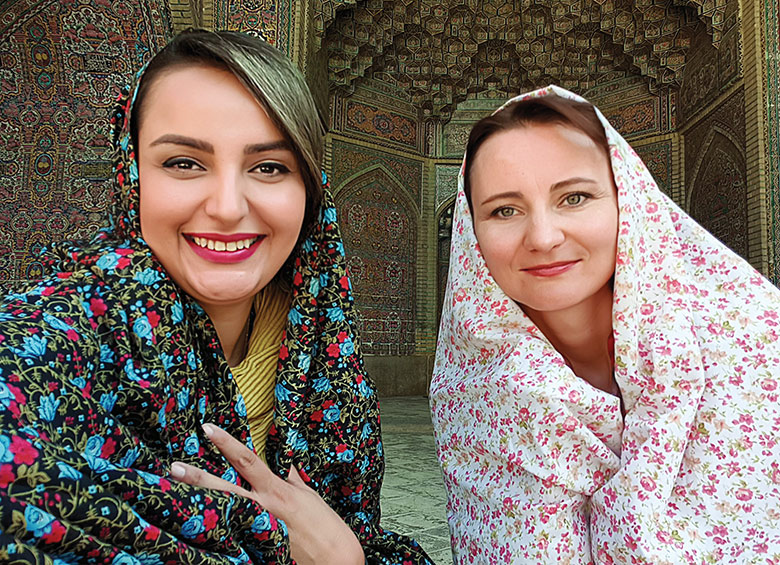
Hostility towards particular actions of the US government doesn’t stop the people of Iran having anything but the warmest feelings for Americans themselves.
In Iran, it’s crucial to acknowledge that specific dress codes apply to women. This entails wearing a headscarf and ensuring that arms and legs remain covered while in public. Authorities enforce these guidelines to align with local customs and cultural norms.
There is also gender segregation of some public transport. Following these laws will mean women will generally have no issues when it comes to safety.
Iranians have a reputation for their hospitality, and as a visitor, you can expect to receive invitations to many people’s houses for dinner or lunch.
This isn’t as forward as it may seem in other countries and is generally a sign of respect to the guest. There is, however, no obligation to accept such offers.
APPLY ONLINE
Iran Tourist visa
Is Tehran safe for travelers?
Tehran, the capital city of Iran, is a bustling metropolis blending traditional charm with modern vibrancy. Despite misconceptions, Tehran is remarkably safe, especially when compared to other major cities around the world.
However, like any large city, it’s wise to take standard safety precautions. Be mindful of your belongings, avoid less-frequented areas at night, and stay informed about local customs and rules.
In terms of crime rates, Tehran fares quite well, with low levels of street crime. Tourists can comfortably explore the city’s rich history, visit its bustling bazaars, and enjoy the local cuisine without significant safety concerns.
Real Traveler Tales
Highly Recommended Tour with SURFIRAN

Such a fantastic tour! I was unsure about traveling to Iran as a solo female, but I felt confident going with SurfIran… I have to emphasize how safe I felt in Iran, and how friendly and genuine to people were… The accommodations were lovely, the food was fantastic, and the archaeological and historical sites and architecture were so impressive. More than that, I fell in love with the mountains and deserts – I will surely be returning to explore these as soon as I can!
Robin (Canadian/Irish, 47yr old, solo traveler)
Robin, Jan 2024, TripAdvisor
All Fine

All fine. Good communication in the setup…The most interesting aspect of the tour was the thoughts of those under 45 years on where Iran has come from, where it’s currently and the possible future.
That will surely surprise. It did to all us.
Joshua, Nov 2023, TripAdvisor
Simply Unforgettable!
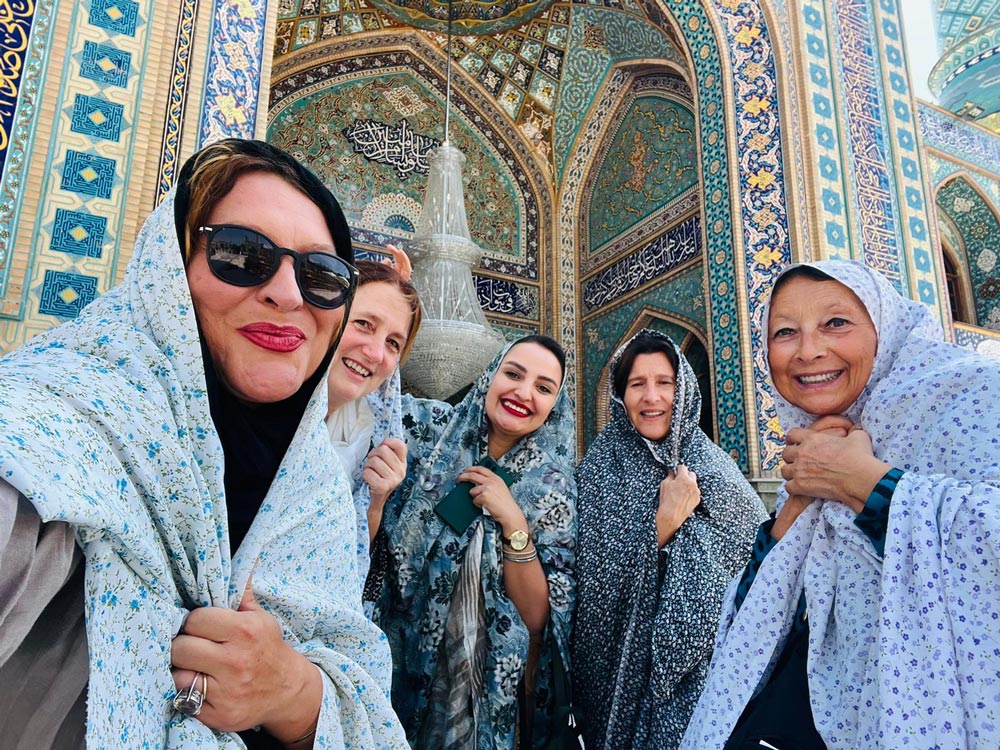
I was in Iran with my old travel mates Bea, Gloria and Paola on September. We all agree to consider that journey one of the most exciting and interesting we have ever done. We found out a safe, kind e welcoming Country and We are so grateful to SURFIRAN which has made that all possible, with great expertise and professionalism… We can’t wait to come back in Iran…with Surfiran and Yasna! :))
Elena, Sep 2023, TripAdvisor
Simply amazing

Surfiran made my husband’s dream come true! … Iran, simply blew us away. It is one of the most beautiful countries we’ve ever been to, full of history, amazing architecture and amazing people. …Totally different from what we had heard and read. Iran is nothing like what it has been portrayed. We would visit this beautiful country again and again…
Usha, Sep 2023, TripAdvisor
Unforgettable Iranian experience!
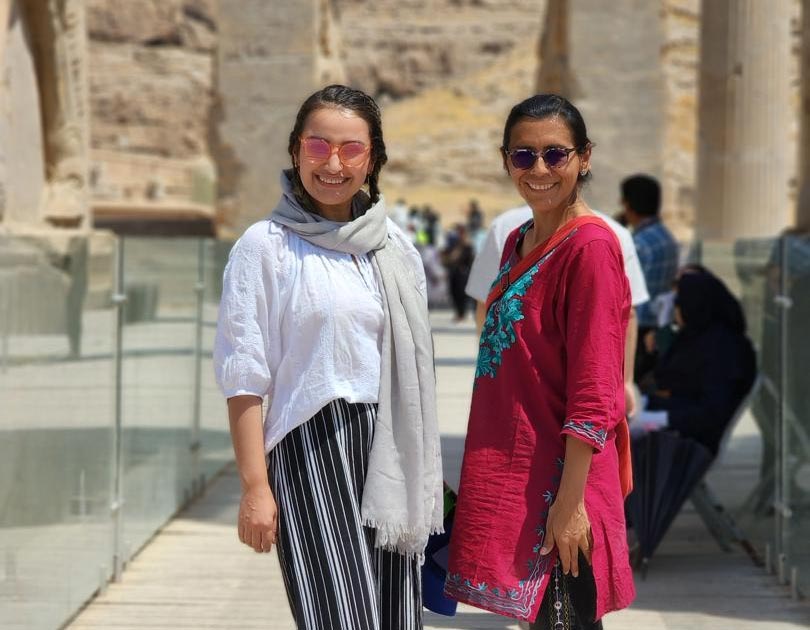
Iran is a must destination the best is its people. If you want to travel to Iran I definitely recommend Surfiran ! Paria is an amazing organizer, guides are impeccable. I specifically suggest seeing more than the classic Iran route to grasp deeper insides of Iran !! I chose Tabriz and it was great this region has a lot to offer !
Cecilia, Jun 2023, TripAdvisor
Best Experience

My week in Iran with SURFIRAN was amazing. They are super helpful with every detail, including the process of applying for a visa… As an American traveling in Iran, I always felt very safe. People you meet, whether it is an immigration officer at the airport or people on the street, will make you feel so welcome.
Jeffrey, Jun 2023, TripAdvisor
Our Trip To Iran

Twelve Greeks friends visited Iran from 18 of April till 2 of May. We returned home just a few days ago and a part of our heart is still there; this is quite natural. We came back physically tired but brim-full of images, colours, scents, and melodies; above all, deeply impressed by the kindness, warmth, and hospitality of your compatriots…
Kostas Besios, Greece, TripAdvisor
An Unforgettable And Unique Iran Experience

As an American, solo female traveler, I was extremely curious but also apprehensive about traveling to Iran. My 15-day journey with SurfIran provided me an unforgettable experience that helped me see some of the most incredible places in this wonderful country… Everything went extremely smoothly and they had people readily available at all times to help answer my questions…
Kay Rodriguez, USA, TripAdvisor
Start Planning Your Trip Iran Now.
IRAN with more than 25 UNESCO World Heritage Sites is one of the countries you have to visit. So, if you haven’t traveled to Iran yet or you would like to see some other parts of Iran you didn’t visit before, don’t be doubtful anymore.It’s high time you began planning your trip to Iran and experienced this ancient country firsthand.
Read More
Is Iran Safe to Visit? FAQs
Iran is a safe destination, favored by seasoned travelers for its impressive safety record, often surpassing many European countries.
While Iran maintains its reputation as a safe destination, it’s crucial to exercise caution and remain aware of your surroundings, especially in crowded areas. We recommend taking basic safety precautions and being mindful of your belongings.
Yes, Iran offers a safe environment for solo travelers. The Iranian people’s friendliness and hospitality can truly enrich the solo travel experience. Just like with any other destination, it’s crucial to exercise caution and adhere to basic safety guidelines.
In case of emergencies, Iran’s healthcare system stands well-prepared, providing accessible emergency services. You can reach emergency services by dialing 110 or 115 from your mobile phone, even without a SIM card.
Iran boasts well-developed medical facilities and a robust healthcare infrastructure. Nevertheless, we strongly recommend obtaining travel insurance that includes coverage for medical emergencies. Additionally, consulting with a healthcare professional before your trip to ensure you have all necessary vaccinations and health precautions is advisable.
Public transportation in Iran, which includes buses and trains, typically offers safety and reliability. We advise selecting licensed transportation services and remaining vigilant about your belongings, particularly in crowded areas.

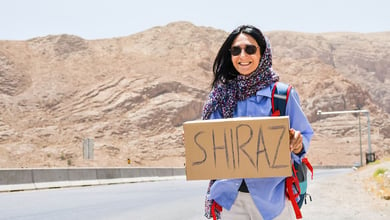




What is the current situation in Iran, to travel the country as tourist the next two weeks, considering the current conflict in the Middle East?? From Istanbul to Teheran, Isfahán, etc?? Thank you